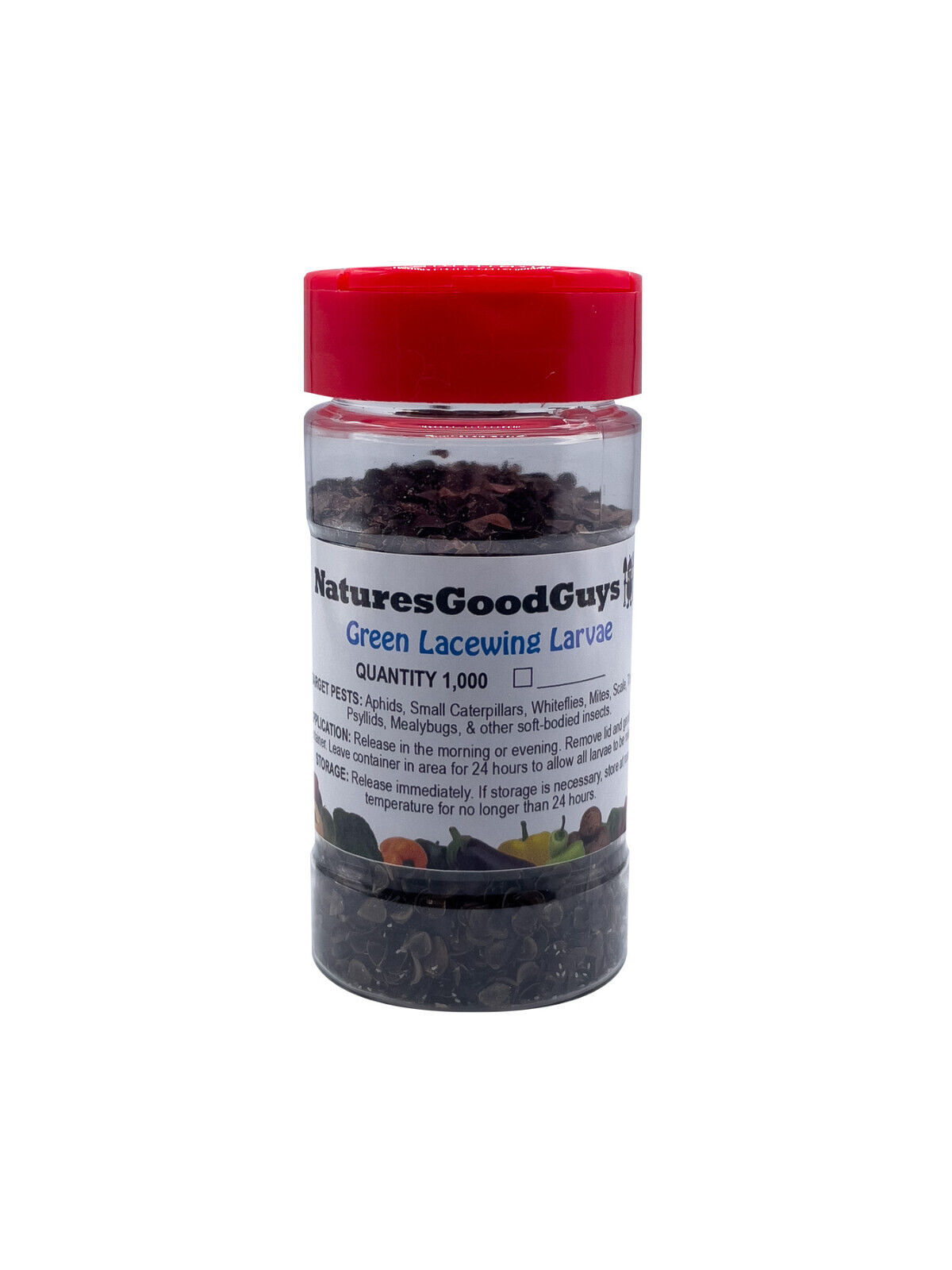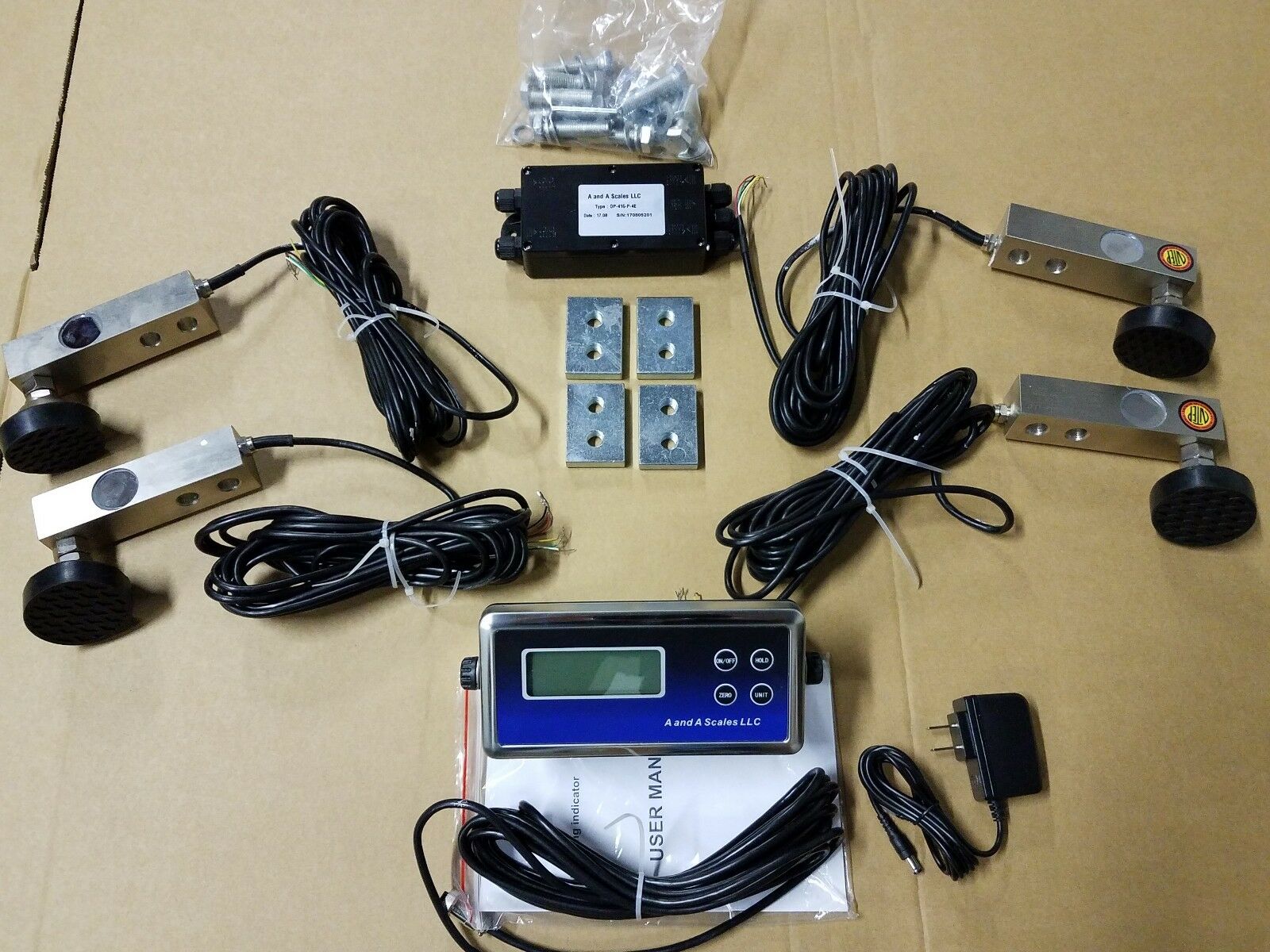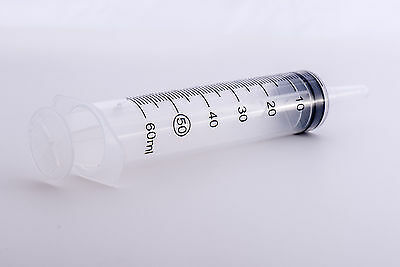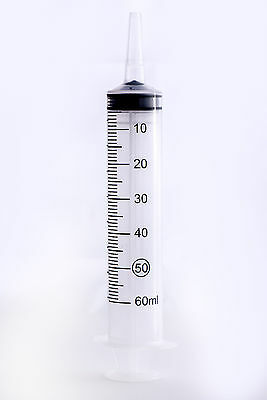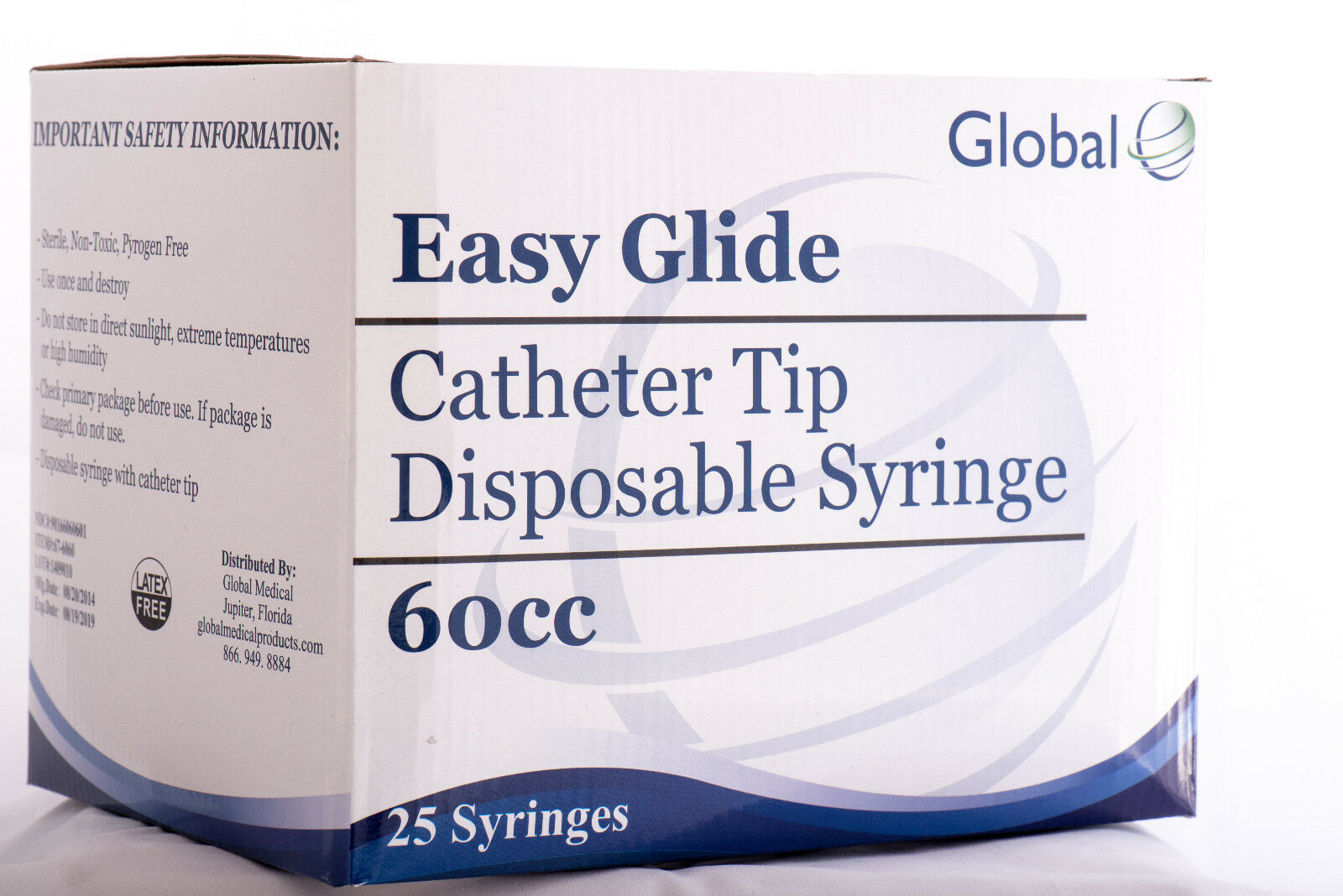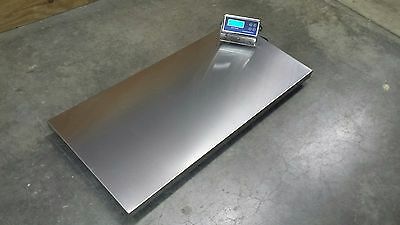-40%
Green Lacewings - 1000 Larvae - Aphid, Thrips, Spider Mites
$ 11.61
- Description
- Size Guide
Description
TARGET PESTS:LARVAE:
As a general predator, green lacewing larvae feed on Aphids, Small Caterpillars, Whiteflies, Mites, Scale, Thrips, Psyllids, Mealybugs, and many other soft-bodied insects.
They are about 3/8 of an inch and there will be only a few hatched before receipt if any as we do not want them to eat each other during transit. They are warm stored so they will hatch much quicker (usually in about 3-5 days) as opposed to the 7-14 days it takes for them to hatch if you were to just order the eggs.
ADULT:
Adults feed on pollen, honeydew and nectar.
ABOUT GREEN LACEWINGS (CHRYSOPERLA RUFILABRIS):
Also known as the Aphid Exterminator, Green Lacewings are an essential pollinator and pest predator for your garden. They are available in three life stages - which life stage you choose will depend on environment, timing, and pest level. They can be used indoors or outdoors. Use in orchards, nurseries, green houses, gardens, grow rooms, hydroponics, or anywhere pests exist.
EGGS:
Low-cost control for limited infestation.
Green lacewing eggs are oblong and laid on hair-like filaments that hang from the underside of leaves. This protects the eggs from predators and also prevents the hatchlings from consuming one another. At +70°F., eggs take 7-14 days to hatch.
LARVAE:
Immediate treatment of pest infestation.
In their larval stage, these "Aphid Lions" consume vast quantities of unwanted pests and their eggs. This is their predatory stage, and they have a voracious appetite — one solitary larval lacewing can consume up to 50 Aphids a day! Lacewing larvae will live between 2-3 weeks before pupating. They have brown or grey stripes and a humpback-shaped body.
ADULT:
Establish a population in a large area.
In the adult stage, green lacewings will travel around and pollinate your garden while seeking areas near aphid populations to lay their eggs. These winged insects are bright green in color with long, slender bodies and distinct copper-colored eyes. Adults can live 4-6 weeks.
ANTS & LACEWING EGGS:
Ants will feed on lacewing eggs. If ants are present, be sure to control the infestation before releasing, or hatch eggs indoors in packaging before releasing.
GOOD BUG SUPPLEMENTAL DIET:
Maintaining your growing operation relies on well-fed beneficial insects as your natural defenders. By providing dependable food sources, you enhance their strength and effectiveness.
Our
Good Bug Supplemental Diet
combines Ephestia and Artemia - which are highly nutritional food sources rich in proteins, lipids, and essential fatty acids.
Packaged on easy-to-use hanging tabs!
RELEASE SITES:
Release green lacewings indoors or outdoors, including indoor houseplants, greenhouses, gardens, farms, or anywhere that pests exist.
HOW TO RELEASE GREEN LACEWINGS:
EGGS IN RICE HULLS:
Gently disperse eggs and rice hulls into hanging release boxes. Hang release box on infested plant limb, out of direct sunlight.
Each pack of lacewing eggs in rice hulls will include hanging boxes according to the quantity that was ordered.
1k- 5 boxes
2.5k - 5 boxes
5k - 10 boxes
10k - 15 boxes
100k - 100 boxes
EGGS ON HANGING CARDS:
Hang card on infested plant limb, out of direct sunlight.
LARVAE:
For best results, release larvae immediately. Gently disperse larvae evenly onto infested plant. Leave container around infested plant to allow any remaining predatory larvae to be released.
ADULT:
For best results, release adults immediately. It is recommended to release in the morning or evening. Remove lid and gently tap container to release. Use cardboard (included) to regulate amount released throughout target area.
RELEASE RATES:
EGGS:
Light Infestation:
Release 0.5 per sq. ft. monthly.
Moderate Infestation:
Release 1 per sq. ft., bi-weekly, 2-3 times.
High Infestation:
Release 1 per sq. ft., weekly, 2-4 times.
LARVAE:
Preventative:
Release 1-3 per 10 sq.ft., monthly, as needed.
Light Infestation:
Release
2-5 per 10 sq.ft., bi-weekly, 2-3 times.
Moderate Infestation:
Release 4-8 per 10 sq.ft., weekly, 2-4 times.
High Infestation:
Release 1 per sq. ft.,bi-weekly, 3-5 times.
Acres:
50% of rate listed.
ADULT:
Light Infestation:
Release 100 adults per 4,000 sq. ft.
High Infestation:
Release 100 adults per 2,000 sq. ft.
Orchards:
100 - 1,000 adults per acre, depending on infestation level.
It's important to note that these release rates serve as general guidelines and can differ depending on the specific pest species, the plant being treated, and level of infestation. Proper monitoring of the infestation and the released beneficial insect population is crucial for determining the success of the biological control strategy.
PRO TIPS:
Green lacewing adults are ideal to be used on large crops where lacewing eggs and larvae are not easily released.
Pesticides, even-wetting agents, and spreader-stickers may adversely affect green lacewing survival. Broad spectrum and systemic insecticides are toxic to lacewings.
Depending on the size and type of plants, the number and type of pests, other predator and parasite populations, and temperature, the frequency of releases may be affected.
STORAGE:
EGGS:
Store unhatched eggs at 40°-46°F for no more than 10 days. Once hatching begins, release within 24 hours.
LARVAE & ADULT:
For best results, release adults and larvae immediately. If storage is necessary, do not refrigerate and store for no more than 24 hours.
